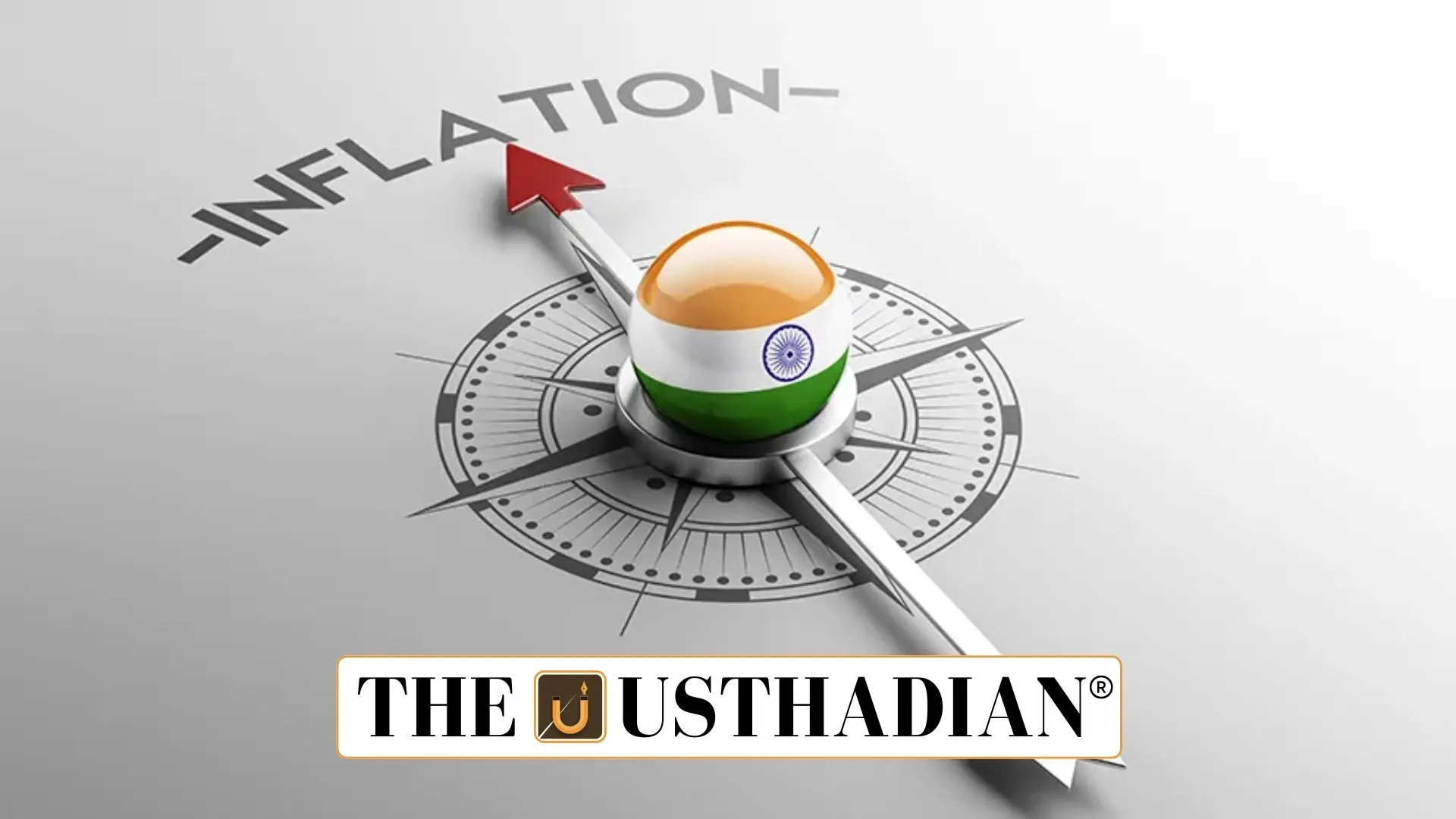RBI’s new approach
RBI Plans Fresh Look at Monetary Policy Setup: The Reserve Bank of India (RBI) is preparing to revisit its monetary policy framework in the upcoming financial year, 2025–26. This is a big step, especially as inflation patterns in India are getting more complex. With prices of essentials swinging up and down, the RBI wants to make sure its actions—like changing the repo rate—actually reach the people and markets.
Why this matters now?
The RBI flagged this in its Annual Report 2024–25, which stressed two major goals. First, it wants to see if its current inflation strategy still works, especially since food prices are often unstable. Second, it plans to study the system-wide liquidity, which helps determine how well banks pass on policy changes to customers.
Focus on core inflation
India’s current inflation target is 4%, with a tolerance band of ±2%, and this setup will stay until March 2026. But experts are suggesting a shift to core inflation, which doesn’t include food and fuel prices. The reason? These prices are too unpredictable. Core inflation, being more stable, can give the RBI a clearer picture.
Real-world link
Think of it like managing your monthly budget. If grocery prices jump randomly every month, it’s hard to plan. But if your rent and electricity bills remain stable, they give you a better idea of where your money is really going. The RBI is thinking similarly.
Liquidity management and transmission
One of the key pieces in this puzzle is liquidity, or how much cash is floating in the banking system. The RBI has set a goal: maintain a 1% surplus over the Net Demand and Time Liabilities (NDTL). As of May 2025, the liquidity level stands at ₹1.91 trillion, or about 0.7% of NDTL. That’s slightly below the target.
Another positive development has been the External Benchmark Linked Rate (EBLR) regime. This system links loan rates directly to repo rates or Treasury bills, helping make monetary transmission faster and clearer.
Why review is important?
By reviewing its tools now, the RBI is aiming for better control over inflation, especially as global and domestic financial conditions shift. A tighter policy structure can also make India’s financial system more stable and responsive.
Static Usthadian Current Affairs Table
| Topic | Detail |
| RBI Established | 1935, nationalised in 1949 |
| Current Inflation Target | 4% ±2%, valid till March 31, 2026 |
| Framework in Use | Flexible Inflation Targeting (FIT) since 2016 |
| Repo Rate (as of June 2025) | 6.25% (after 25 bps cumulative cuts since Feb) |
| Core Inflation | Excludes food and fuel items |
| Liquidity Aim | Surplus at ~1% of NDTL |
| Present Liquidity | ₹1.91 trillion (0.7% of NDTL) |
| EBLR | Introduced in 2019, links loan rates to benchmarks |
| CPI vs WPI | Consumer Price Index is used for targeting inflation |
| Annual Report Cited | RBI Annual Report 2024–25 |








